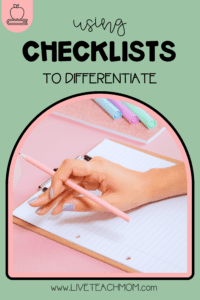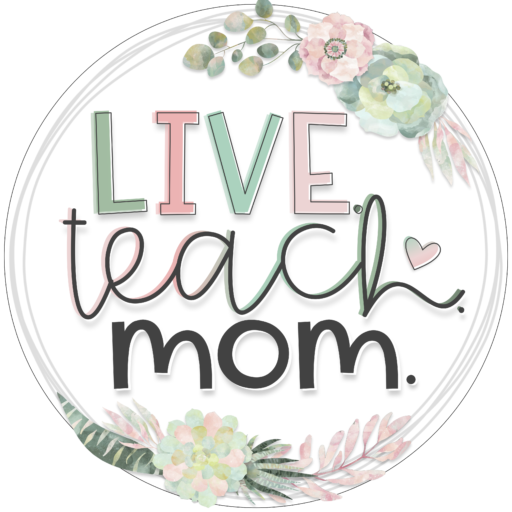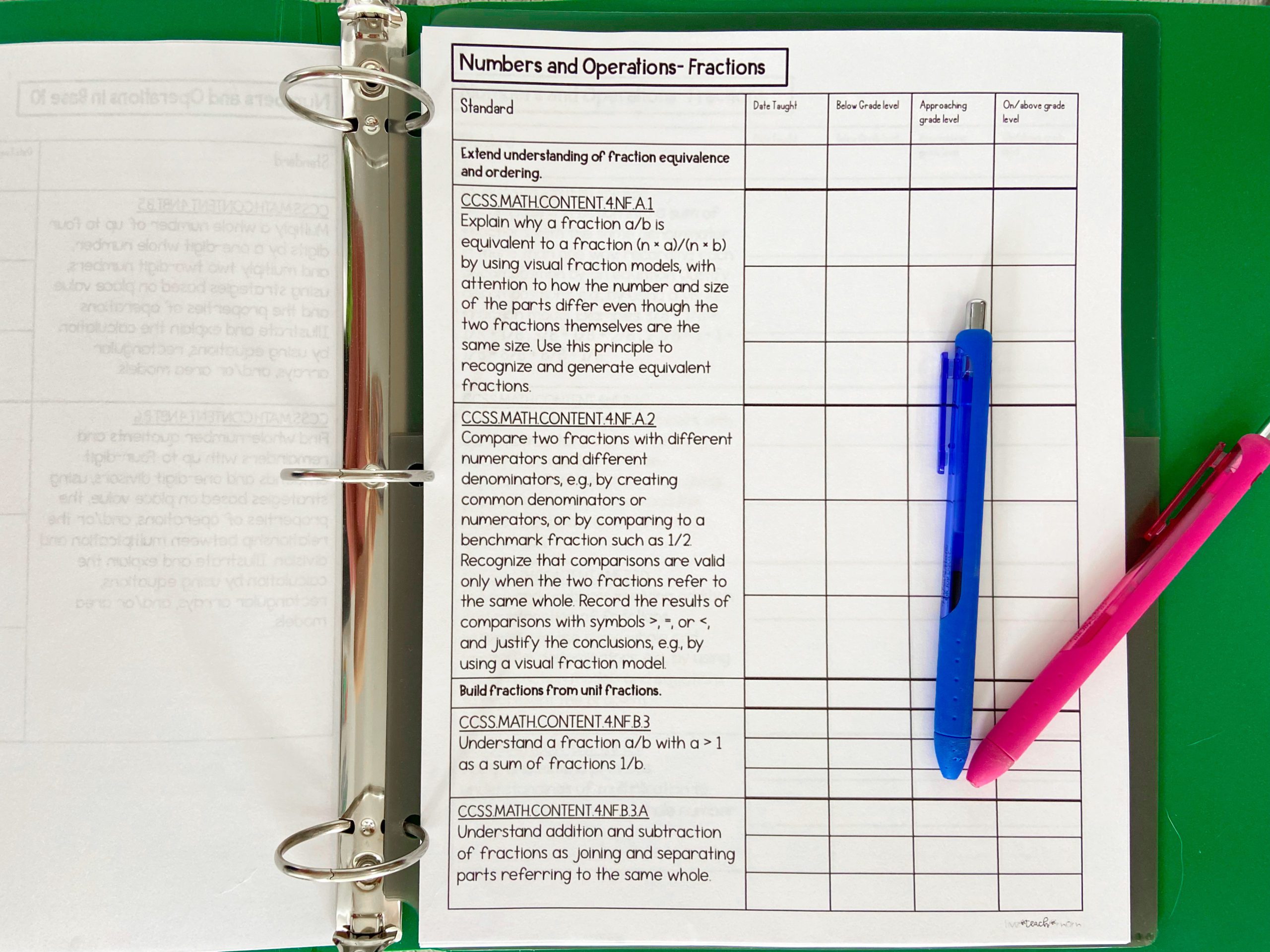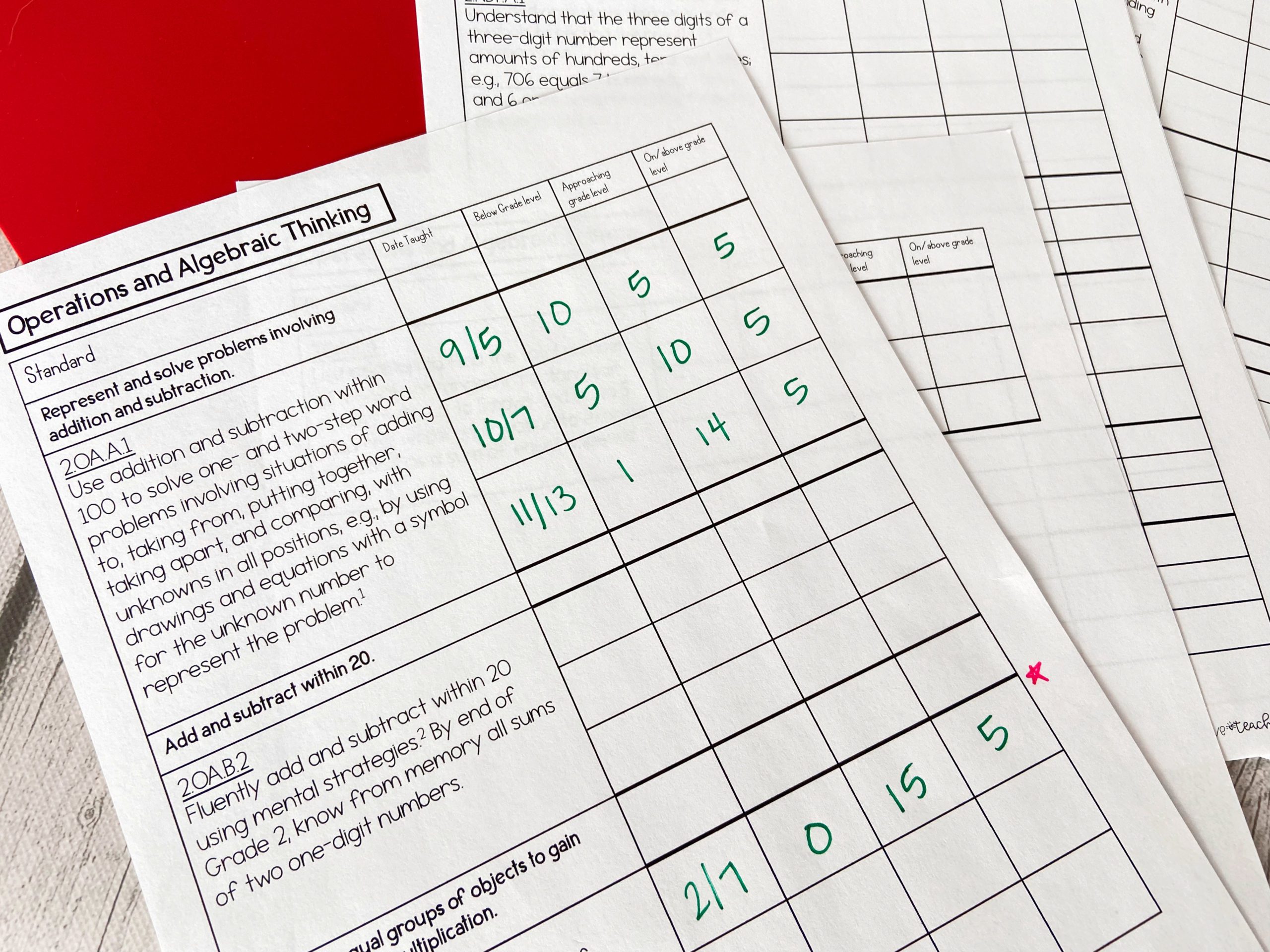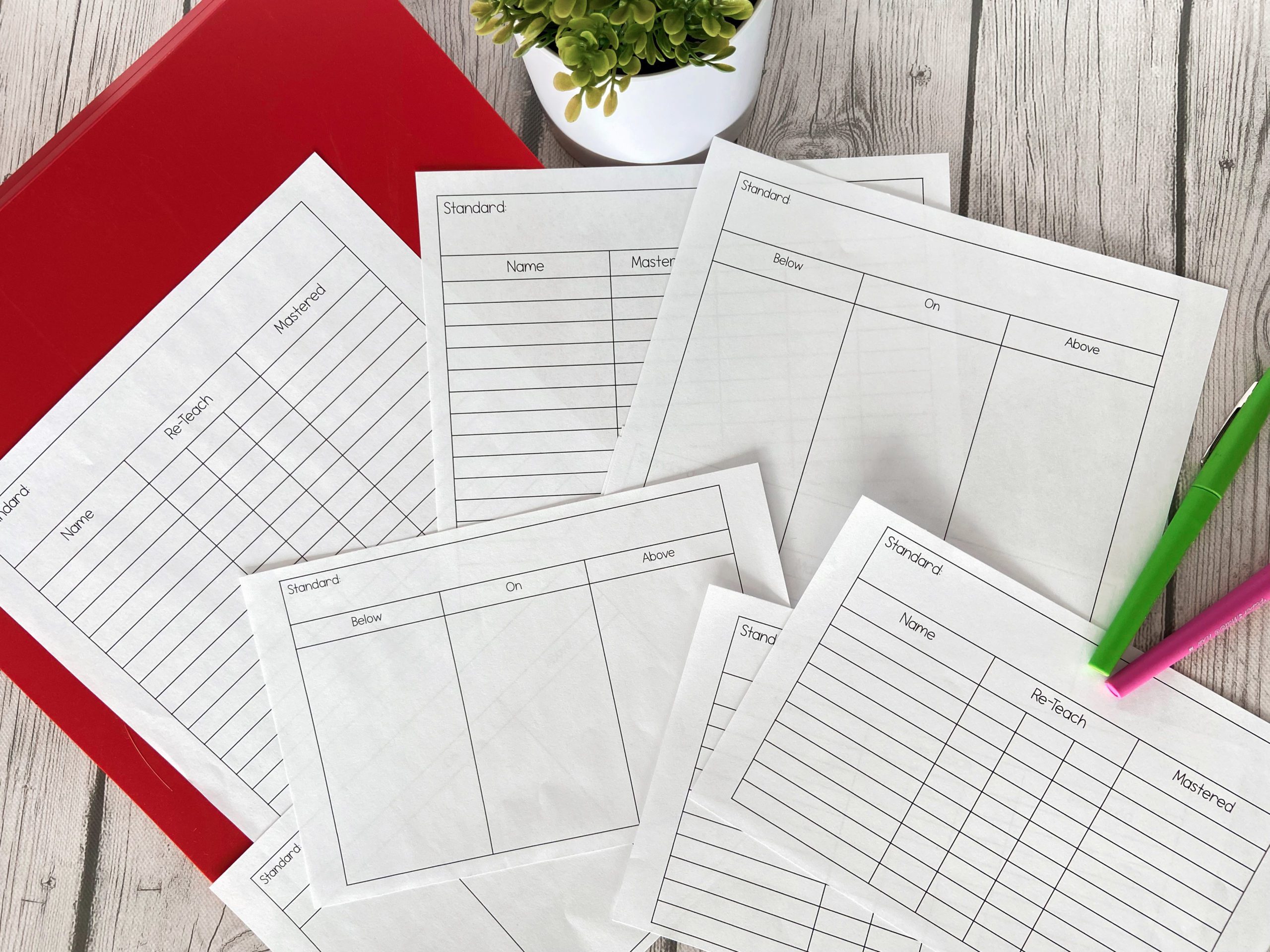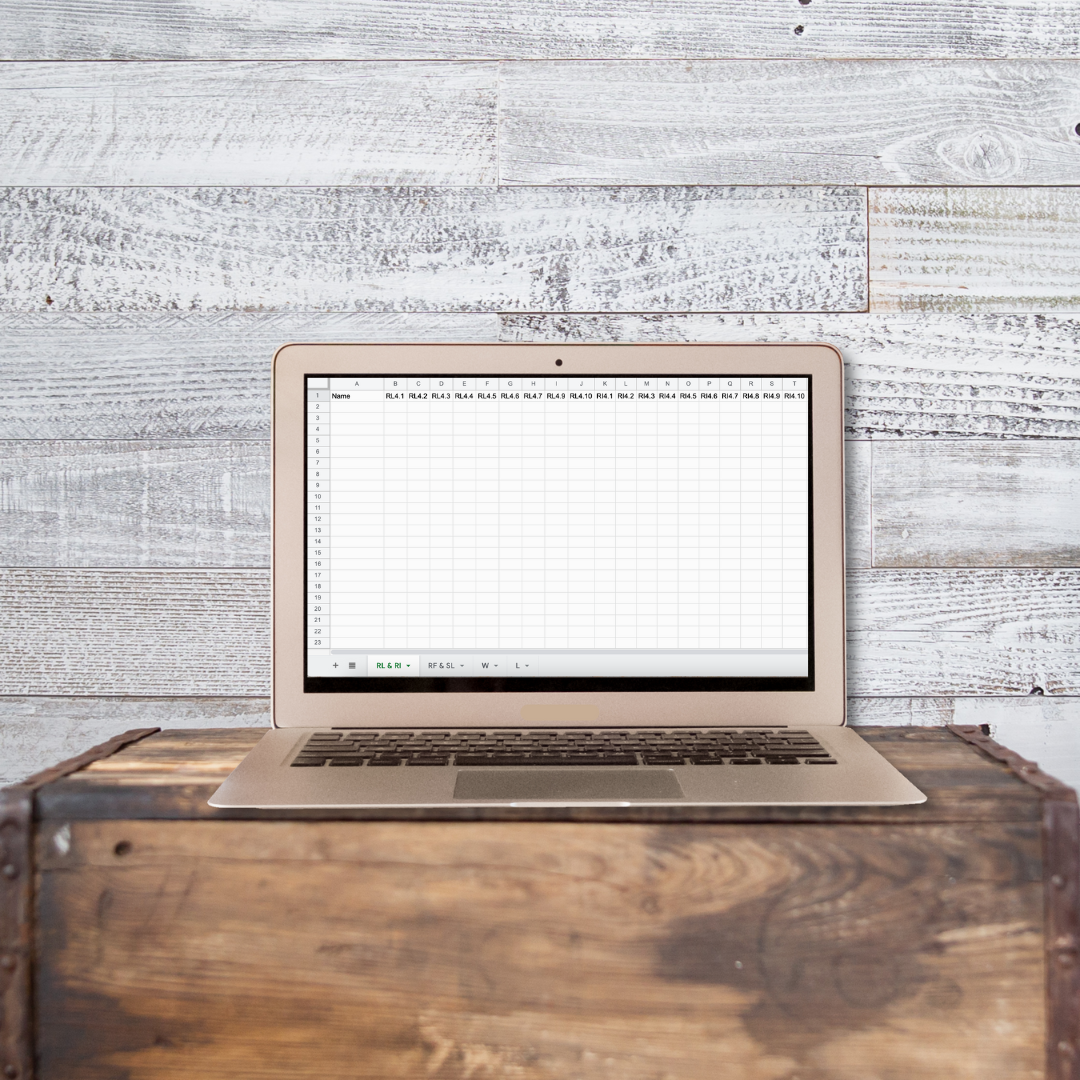
Differentiation is a hot word in education these days. Some people love it, some people are just waiting for the trend to end. Me? I freakin LOVE the idea of differentiation. It’s what inspires me to teach. To be better. However, it is HARD. You have to know so much about your students and your curriculum/standards to do it effectively. Now I want to preface this whole post with: I am NO EXPERT in differentiation. I am still trying to figure it out. However, it is something I am passionate about and believe that it is what’s best for students. So I will share what I have learned, in hopes that someone can use it to improve the differentiation in their classroom.
That’s where common core checklists come in. Checklists can be used so you know EXACTLY where your students are in any content area, and how you can help them grow and learn. I’ve created some math checklists that I think will help teachers SO MUCH. This idea was inspired by a program that we use in my district called iready. This program is FABULOUS for learning where your students are at. It even groups your students and gives you ideas and lessons to teach your students. However, the only downside to this is it doesn’t align with the math curriculum we use. So they are learning math in two different ways (which I think is great!) but it doesn’t show us how they are doing in our curriculum which has very specific vocabulary (Engage NY).
With the checklists I created, you can use any form of assessment. This can be a benchmark pre-test, curriculum assessments, or whatever your district has. You can do the whole thing at the beginning of the year or throughout. It really is designed to be used however you need to use it in your classroom, because every classroom is different.
There are three beneficial ways I would recommend using the checklists and I will go through how you can use them in your own classroom.
Individual Students
If you go this direction, each student would have their own checklist. You can mark what skills they have and what they are struggling in. I think this method would be especially good for your RTI kiddos or your students that need extension. You can know EXACTLY where they are at and where to intervene/extend. This is great for parent communication and even for student communication! You can include them in data binders and the students can mark where they are in the standards, giving them ownership over their own learning. This is a very powerful tool, but can be a lot of work if you don’t have some sort of system in place. #truth
Class Wide
This direction is a great way to see how your students are doing as a whole. You can use an assessment or exit ticket and mark how many students you have are below, approaching, or on/above grade level. This will tell you who you will need to re-teach, if you need to do whole or small group, or if you are just rockin it teaching a certain standard (lets be honest, you’re always ROCKIN it!). This is the hard data that teachers need to see and administration likes to see (because sometimes we have to listen to them too).
Spreadsheet and Standard Tracker
I am a data-driven teacher so I absolutely love spreadsheets! So this way appeals to me, but might not to some. However, it is a very easy way to see which students know and understand each standard. You can mark off when the students understand, and you can easily see where the holes are. Becuase it is in google docs you can copy it many times to see the growth. Also included are printable checklists that you can enter student names and mark who needs re-taught or to keep track who is above, on, or below grade level.
These Checklists are available in my TPT Store for grades K-5. Love them? Let me know! Leave feedback and let me know if you would like ELA standards or more grade levels!
